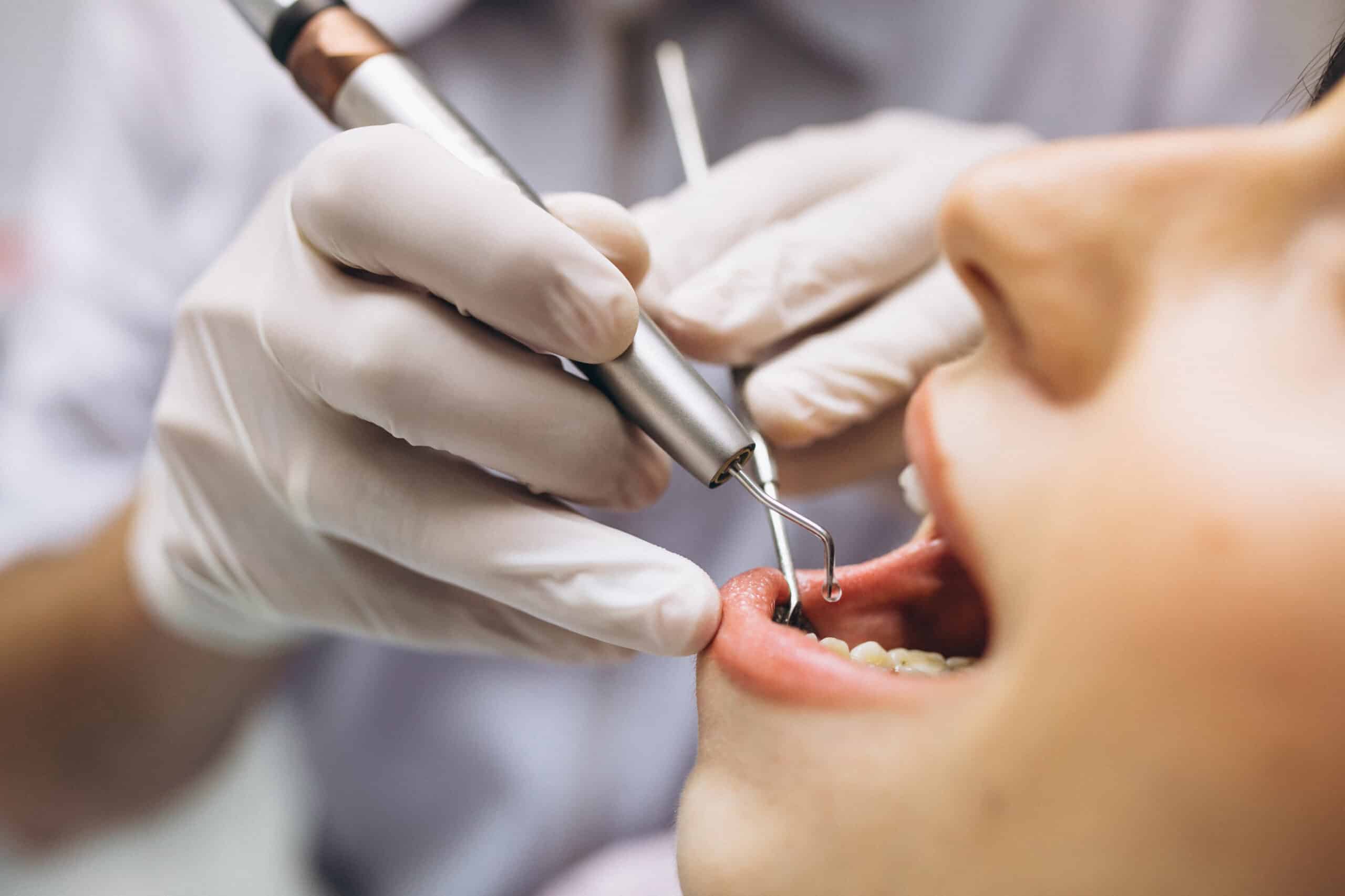
Tooth extraction is a common dental procedure that involves removing a tooth from its socket in the jawbone. While the idea of having a tooth extracted might sound daunting, advancements in dentistry have made the process relatively simple and virtually painless. In this article, we’ll delve into the reasons for tooth extraction, the types of extractions, the procedure itself, aftercare, potential complications, alternatives, and the significance of maintaining good dental hygiene.
Reasons For Tooth Extraction
Severe Tooth Decay
When tooth decay reaches an advanced stage and compromises the tooth’s structural integrity, extraction may be necessary to prevent further damage.
Impacted Wisdom Teeth
Wisdom teeth, also known as third molars, often don’t have enough space to emerge properly. This can lead to pain, infection, and potential misalignment of neighboring teeth.
Gum Disease
Advanced gum disease can weaken the tissues and bone supporting the teeth. In some cases, tooth extraction might be the best option to preserve oral health.
Orthodontic Reasons
Sometimes, teeth need to be removed to create space for proper alignment, especially when undergoing orthodontic treatment.
Types Of Tooth Extractions
- Simple Extractions: Simple extractions are performed on visible teeth and are relatively straightforward, involving loosening the tooth and removing it with forceps.
- Surgical Extractions: Surgical extractions are more complex and involve teeth that are broken, impacted, or haven’t fully erupted. The dentist might need to make an incision to access the tooth.
Preparing For Tooth Extraction
Before the procedure, your dentist will conduct a thorough examination, possibly including X-rays, to assess the tooth’s condition and plan the extraction.
Anesthesia Options
You can discuss various anesthesia options with your dentist, including local anesthesia, sedation, or general anesthesia, depending on the complexity of the extraction and your comfort level.
The Tooth Extraction Procedure
- Incision and Access: For surgical extractions, the dentist will make an incision to access the tooth. Sometimes, a small amount of bone might need to be removed to reach the tooth.
- Removing the Tooth: Once the tooth is accessible, the dentist will carefully remove it using specialized instruments. You might feel some pressure, but you shouldn’t experience pain.
Aftercare And Recovery
Managing Discomfort
It’s common to experience some discomfort and swelling after the extraction. Your dentist will provide guidelines for pain management and may prescribe medications if necessary.
Eating and Drinking
Stick to soft foods and avoid using a straw for a few days to prevent dislodging the blood clot that forms in the socket.
Alternatives To Tooth Extraction
Dental Implants
Dental implants are a popular option for replacing missing teeth. They offer a permanent solution that looks and functions like natural teeth.
Bridges and Dentures
Bridges and dentures are other alternatives for replacing missing teeth, depending on the number of teeth you need to replace.
Maintaining good oral hygiene can prevent many dental issues, reducing the likelihood of needing extractions. Regular brushing, flossing, and professional cleanings are essential. Tooth extraction, though it may seem intimidating, is a routine dental procedure that can alleviate pain and prevent more significant oral health issues. By understanding the reasons for extractions, the types of procedures, and how to care for your mouth afterward, you can approach the process with confidence. Remember, maintaining good dental hygiene plays a crucial role in reducing the likelihood of needing extractions in the future.




